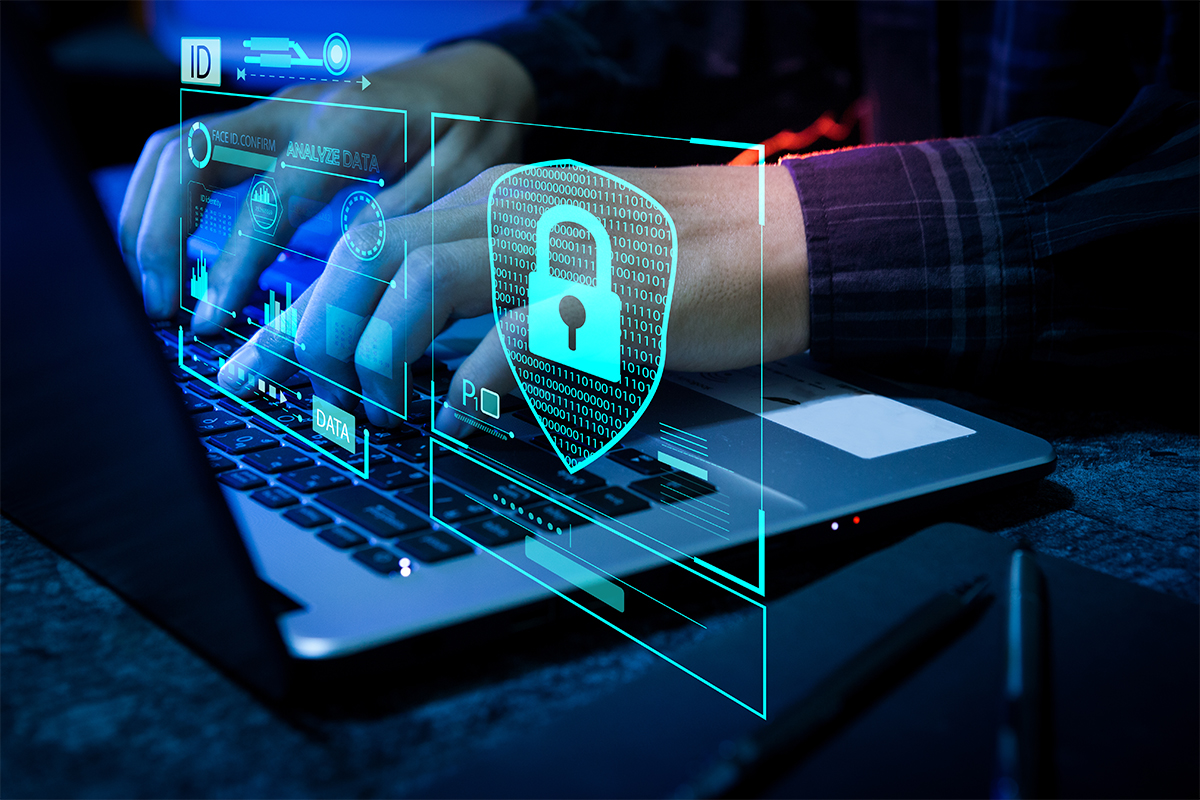The involvement of Senior Leadership varies from organization to organization and the industry type. However, in general best practices recommends that since the landscape of Cyber Threat keeps evolving, we need to keep educating our leaders so that they understand the importance of Cybersecurity Awareness and Training in order to train the entire organization so they act as the first line of defense.
A new trend has been observed recently in the Cybersecurity pitch that senior leaders are taking initiative in hiring Cybersecurity consulting firms and vCISO services to address the policy gap that is arising because of the fast-pacing evolution of IT technologies, specifically AI based services in all segments of IT services and tools.
It is recommended that each organization that is onboarding new technologies, IT solutions, applications and tools to service their business needs should have a mandatory cybersecurity awareness program with focus on top-down approach. Cybersecurity should be discussed in every Department meeting to ensure that Cybersecurity is not only IT/Security responsibility but everyone’s responsibility.
University of California, Riverside (UCR) has published a paper that recommends leaders to leverage various leadership styles to an advantage when it comes to combating cybersecurity challenges in their organizations. Some of the leadership they recommended are:
- Collaborative leaders promote cross-functional communication and cooperation, breaking down silos that may impede the sharing of crucial information. This open communication facilitates a more comprehensive understanding of potential threats and vulnerabilities, enabling a more robust cybersecurity strategy.
- Transformational leadership – In the context of cybersecurity, this style encourages a proactive approach towards identifying and addressing potential threats. Such leaders foster a transformational environment to instill a sense of responsibility and accountability among team members, promoting a collective effort to safeguard sensitive information.
- Transactional leaders – In the cybersecurity context, adhering to established protocols and compliance measures is the priority. Such leaders ensure that team members follow standardized security practices, reducing the likelihood of human error and exploitation of vulnerabilities.
- Situational Leaders adapt an approach based on the specific challenge at hand, whether it’s a sudden breach or a sophisticated attack, these leaders guide their teams through effective crisis management and response strategies.
- People-first leaders can contribute to a strong cybersecurity posture by prioritizing the well-being and development of team members. In the context of cybersecurity, this can translate to a workforce that is more vigilant and committed to upholding security best practices.
Apart from these leadership practices to develop a healthy and effective cybersecurity culture, it is important that an effective Cybersecurity program and tool is implemented to educate every employee, contractor and consultant who has access to the organization’s assets at any capacity.

Author
Madhumita Sarkar | Director, Information Security, Englewood Hospital
As a seasoned digital security executive, Madhumita brings 25 years of corporate leadership across technology, healthcare, education, retail, and banking. Renowned for leading cyber-security teams and developing IT risk management programs, she has driven business growth. Her key areas of expertise include information security strategy, website security, global data protection, technology solutions, and project management. She is also an artist and social worker.




